One of the weaknesses of the two-party system is that there are only two parties, and a multitude of disparate political factions must take sides if they are to participate in governance. Both parties once contained liberals, moderates, and conservatives. Like-minded people could reach across the aisle and form issue-specific coalitions. But over the last few decades, a sorting has taken place and there is now a conservative and a liberal or progressive party.
There are permanent components to liberalism and conservatism, and there are situationally dependent components to each -- that is, positions taken depend on time and circumstances. The persistent components might be considered philosophical liberalism and conservatism, while the transient positions taken might be considered political Liberalism and Conservatism, often capitalized as shown. The gap between the philosophical and political has grown quite large in recent years.
In an earlier article, I introduced some pretty well established definitions -- radical, progressive (liberals tend to be progressive), conservative, and reactionary (regressive). Conservatives prefer cautious incremental change from the status quo and are skeptical of government's role. Progressives pursue an ideal not yet in existence through reform and are more optimistic about government's role. Radicalism is not about reform of the system, it's about replacing the system with something different and untested. Reactionaries abandon the status quo in favor of past ways thought to be better.
- Conservatism includes a belief in the law of unintended consequences -- that the best intentioned plans will result in unintended and undesired outcomes.
- Conservative thought includes a healthy skepticism of bold, new ideas. The root axiom upon which conservative thought rests is a preference for what is known through experience and a rejection of utopian, idealistic solutions based on pure reason -- reason without empirical evidence.
- Conservative thought does not prohibit change, instead, change should be pursued one small step at a time, gathering evidence along the way -- incrementalism. If one step produces positive outcomes, take another step.
- Conservative thought includes a belief in hierarchy, i.e., there is a hierarchy across and within societies. Not all states are equal in power; not all men are equal in power. That's the way it is, that's the way it's always been, that's the way it always will be. Government intervention is unlikely to change that. Hierarchy represents order, and order preserves stability.
- Conservatism accepts limits. There are limits to what can be known, and there are limits on resources -- both financial and human resources -- that can be devoted to any enterprise. There are limits on what can be accomplished through application of resources, including the application of the resources to achieve political goals through military means and the application of resources to improve social welfare. And it follows that there are limits to what can be accomplished through government.
Philosophical conservatism's preference for evidence is not apparent in political Conservatism's position on environmental, evolutionary, and economic science. All are grounded in mountains of hard-earned empirical evidence. Conserving the environment for future generations is consistent with conservative thought, although bold new government intervention would likely be met with some skepticism. Rolling back environmental protections and disestablishing the Environmental Protection Agency (1970) is reactionary, not conservative.
Philosophical conservatism is skeptical of government encroachments against individual liberties and believes that there are limits on what government can accomplish. But legislating positions on abortion, marriage, and end of life decisions are government interventions into the most intimate decisions of individuals and families. It suggests a great faith in government's ability to regulate private life. A true conservative would reject invasive government interventions.
Initiating offensive war is the ultimate departure from the status quo. It's a bold action that creates extraordinary opportunities for the law of unintended consequences to wreck havoc. Defensive war, thus preserving the status quo, is one thing. Initiating offensive war to "remake the world" in America's image is a radical notion. A true conservative would most certainly reject this course of action. Stability would be the conservative's objective, and a conservative would consider military intervention most cautiously. The political party sorting that took place included hawkish, liberal Democrats, the neo-conservatives, moving to the Republican Party and successfully labeling as conservative the offensive use of military force to spread democracy. Whether or not you agree with an aggressive foreign policy, calling it conservative is a monumental stretch. Regardless, it is now part of political Conservatism.
There is no reason to choose between progressive and conservative thought. Progressivism allows for purposive change from an unacceptable status quo; conservatism introduces caution. They are complementary rather than in opposition. One proposes solutions, perhaps untested, while the other keeps us from marching off cliffs in the dark. The mature mind should have no problem entertaining both simultaneously. The mature country would embrace both.
Progressivism advances in waves always cautiously resisted by conservatives, and then it is arrested by reactionaries who think change has gone too far. When in pause, past advances are consolidated into a new status quo before the next wave builds. Arguably, we are now in a phase of consolidation. In this period of consolidation, political Liberals are acting as conservatives to preserve the new status quo, and political Conservatives are acting as reactionaries to return to past ways. The world will continue to change, present new problems, and demand new solutions. Many suggest that the rate of change is accelerating. The number and passion of reactionaries may build before the next wave of progressivism overtakes them.
